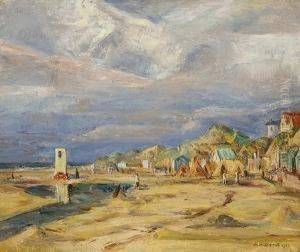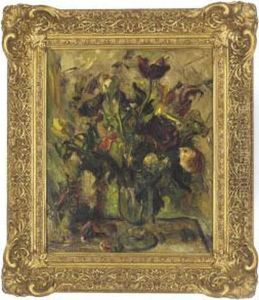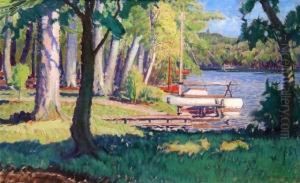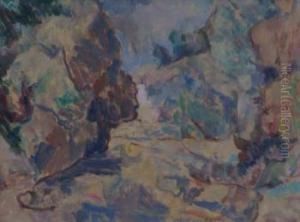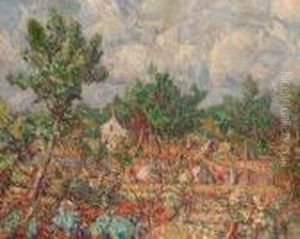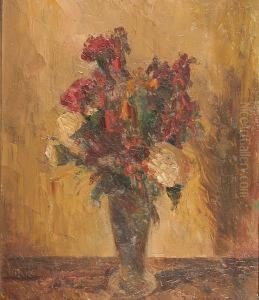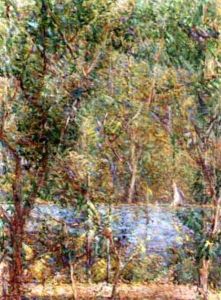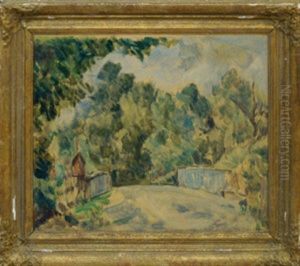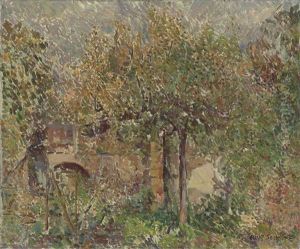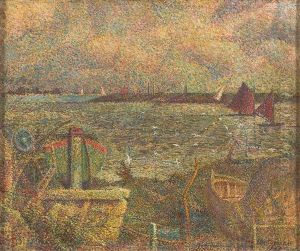Elliott Seabrooke Paintings
Elliott Seabrooke was an English landscape painter, born in Upton Park, London, in 1886. He studied at the Slade School of Fine Art in London, where he developed his skills and was influenced by the works of the Impressionists and Post-Impressionists. His early work was marked by a traditional approach, but he gradually developed a more personal style characterized by a lighter palette and a looser brushwork that suggested the influence of Impressionism.
Seabrooke served in World War I, where he was employed as an official war artist, capturing scenes from the Western Front. His experiences during the war had a profound impact on his art, as the themes of his work became infused with a sense of the transient nature of life and the beauty of the landscape amidst the backdrop of conflict.
After the war, Seabrooke's career as an artist continued to flourish. He travelled extensively, painting landscapes in countries such as Italy and France, where the Mediterranean light further influenced his use of color and form. He became well-known for his ability to capture the essence of the places he visited, rendering the landscapes with a sense of atmosphere and mood that resonated with viewers.
Seabrooke was also involved in the British art scene. He was a member of the New English Art Club and the Royal West of England Academy. His contributions to the art world were recognized when he was elected as an Associate of the Royal Academy in 1933.
The artist's work continued to evolve throughout his life. In his later years, his paintings displayed a greater emphasis on the structural elements of the landscape, yet they still maintained the lyrical quality that had become his hallmark. Elliott Seabrooke passed away in 1950, leaving behind a legacy as a distinctive voice in early 20th-century British landscape painting.







